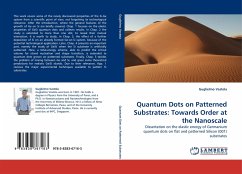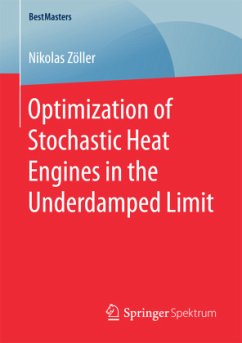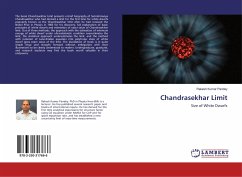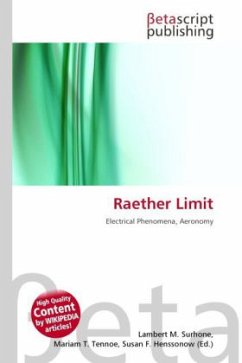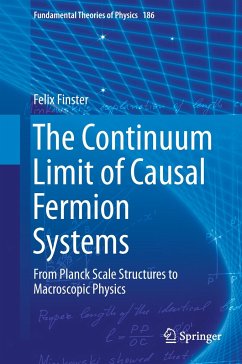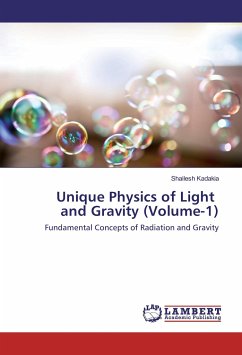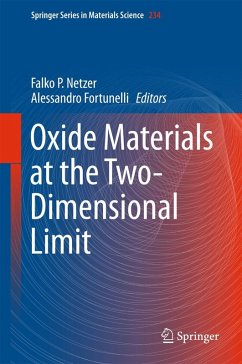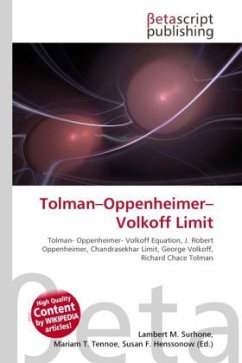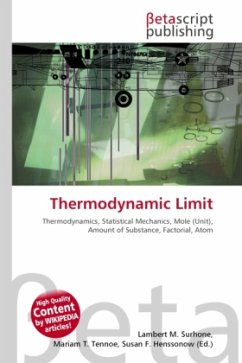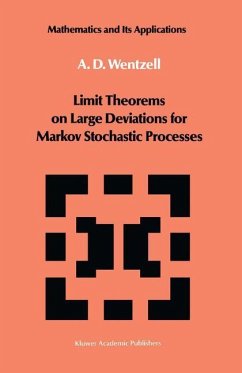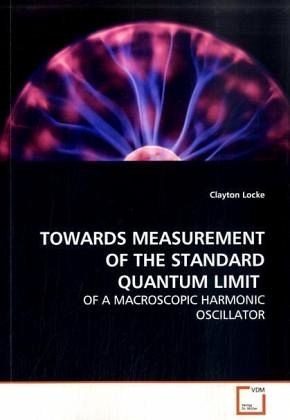
TOWARDS MEASUREMENT OF THE STANDARD QUANTUM LIMIT
OF A MACROSCOPIC HARMONIC OSCILLATOR
Versandkostenfrei!
Versandfertig in 6-10 Tagen
39,99 €
inkl. MwSt.

PAYBACK Punkte
20 °P sammeln!
This thesis is based on the study of a low-losselectrical and acoustical resonator, which has beendeveloped for use as a novel transducer in attemptedmeasurements of quantum mechanical effects in amacroscopic mass. The method of transductance is viathe interaction between the electrical and mechanicalresonances within a monolithic sapphire mono-crystalsupported by a low-loss suspension system. Exploiting parametric back-action effects has alloweddetermination of the dependence of permittivity onstrain in sapphire. This new technique yields resultsthat are in agreement with existing reports ass...
This thesis is based on the study of a low-loss
electrical and acoustical resonator, which has been
developed for use as a novel transducer in attempted
measurements of quantum mechanical effects in a
macroscopic mass. The method of transductance is via
the interaction between the electrical and mechanical
resonances within a monolithic sapphire mono-crystal
supported by a low-loss suspension system.
Exploiting parametric back-action effects has allowed
determination of the dependence of permittivity on
strain in sapphire. This new technique yields results
that are in agreement with existing reports assuming
sapphire is isotropic. Further, this first-time
measurement gives additional information showing that
the dependence of permittivity on strain in sapphire
is anisotropic.
Although the sensitivity of the system is still
orders of magnitude away from the quantum mechanical
regime, this work serves as important foundations for
further research.
electrical and acoustical resonator, which has been
developed for use as a novel transducer in attempted
measurements of quantum mechanical effects in a
macroscopic mass. The method of transductance is via
the interaction between the electrical and mechanical
resonances within a monolithic sapphire mono-crystal
supported by a low-loss suspension system.
Exploiting parametric back-action effects has allowed
determination of the dependence of permittivity on
strain in sapphire. This new technique yields results
that are in agreement with existing reports assuming
sapphire is isotropic. Further, this first-time
measurement gives additional information showing that
the dependence of permittivity on strain in sapphire
is anisotropic.
Although the sensitivity of the system is still
orders of magnitude away from the quantum mechanical
regime, this work serves as important foundations for
further research.



